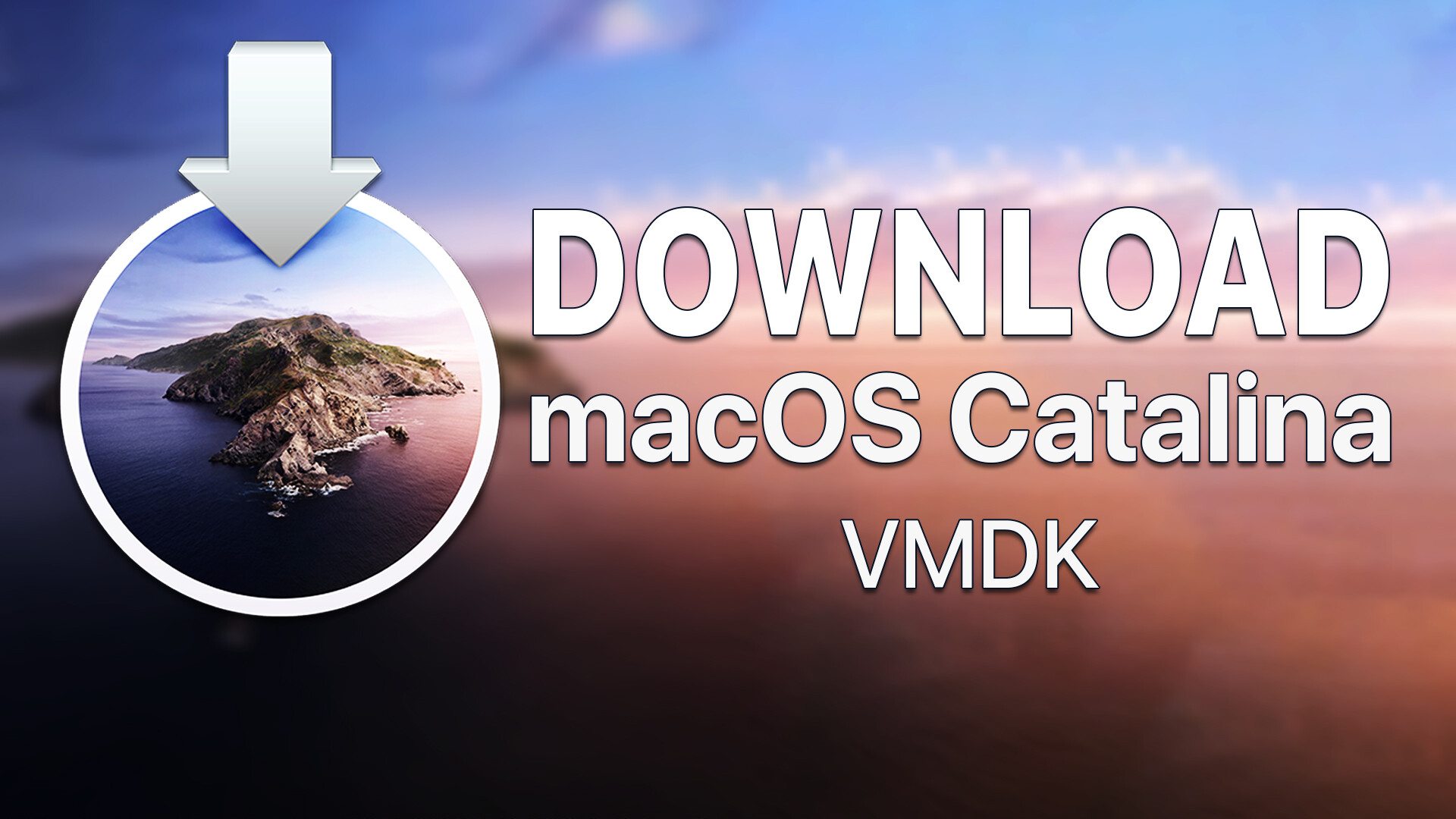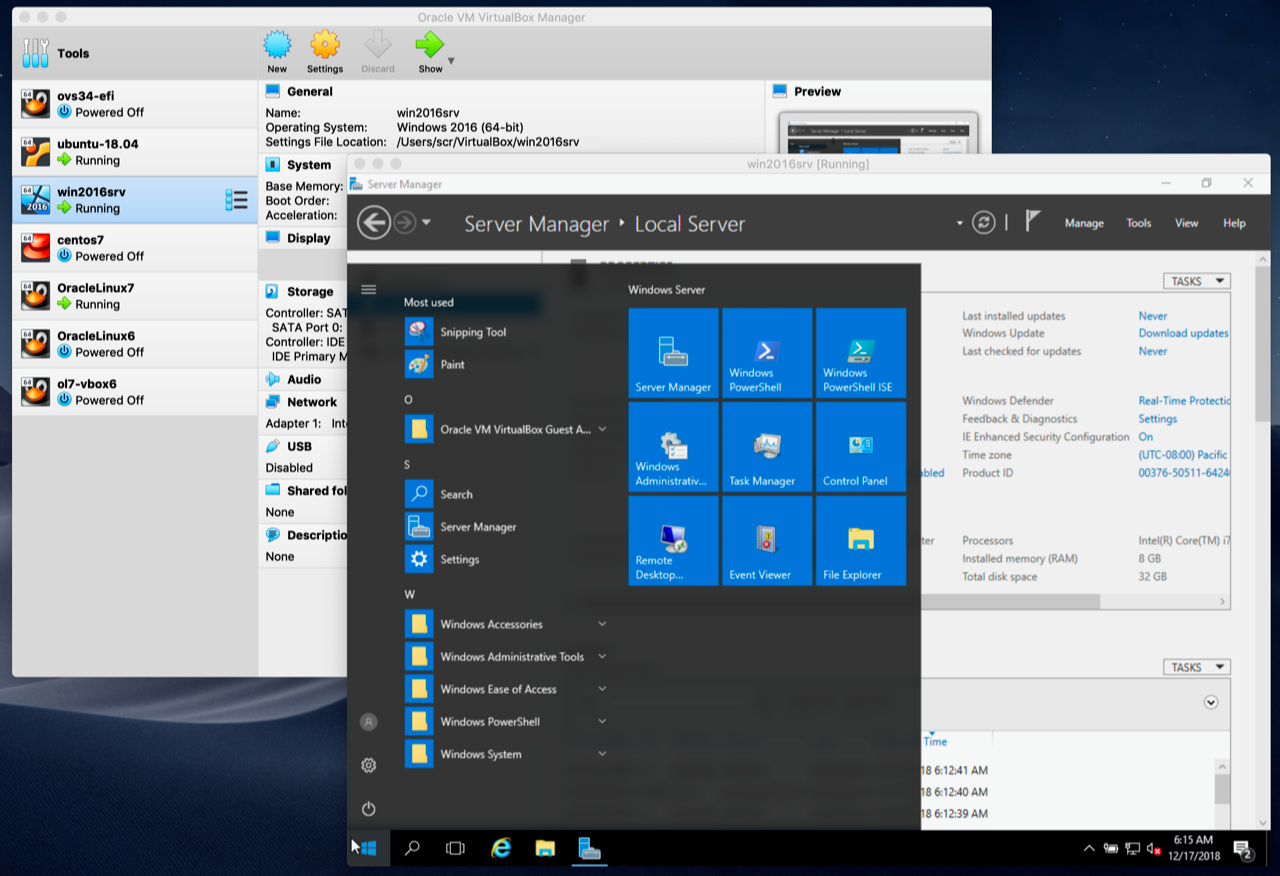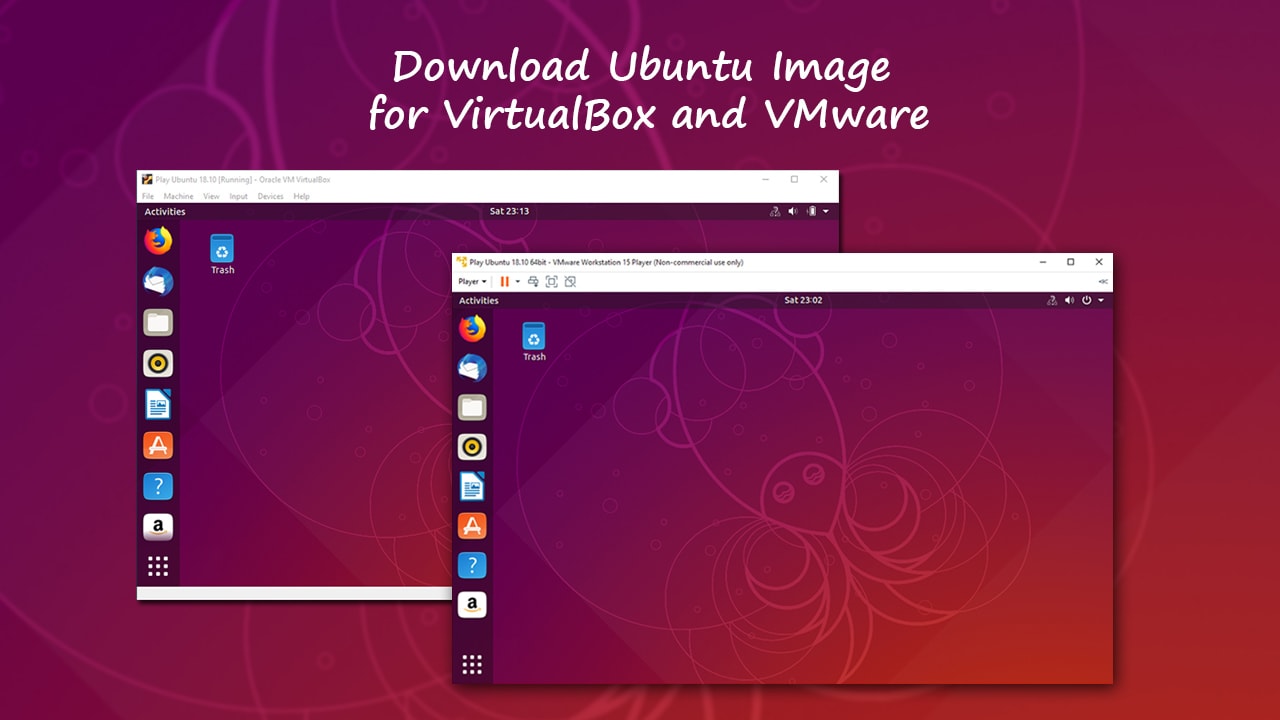

- #Vmware virtualbox for mac install#
- #Vmware virtualbox for mac driver#
- #Vmware virtualbox for mac upgrade#
- #Vmware virtualbox for mac full#
- #Vmware virtualbox for mac for windows 10#
That said, VMware recently announced a private tech preview of an M1-compatible version and an upcoming public preview. If you have a Mac running Apple Silicon, the current version of VMware Fusion won’t work on your machine.
#Vmware virtualbox for mac driver#
Some of these unsupported systems rely on driver software created by individual programmers, but setup guides are easy to find online. If you are curious about ancient computer history, try out this complete Openstep system I put together. Advanced users can run dozens of others systems that aren’t officially supported, such as IBM’s OS/2 or even Steve Jobs’ ancient NeXTSTEP and Openstep systems. Most Mac users will probably use VMware to run Windows-anything from Windows 95 to Windows 10-but you can also run macOS and older Intel-based OS X versions almost any Linux distro and Solaris, FreeBSD, or NetWare.
#Vmware virtualbox for mac for windows 10#
Prepare to hand over $139 to Microsoft for Windows 10 Home or $199.99 for Windows 10 Pro. Keep in mind that whichever emulator you choose, you’ll need to purchase a license for Windows, if that's the OS you want to run on your Mac. Another is the new open-source UMT emulator which, if you’re willing to live with molasses-level speeds, lets you run ARM-based OSes on an Intel-based Mac or Intel-based operating systems on an Apple Silicon Mac. One free alternative is the open-source VirtualBox, but it’s slower and far clumsier than both Fusion and Parallels. The Pro version adds customization features, unlocks a rollback mode that lets you experiment with system changes, and removes the restriction of 8GB of RAM and four emulated CPUs per machine. With the subscription model, you get new Parallels versions as soon as they arrive.

I don't recommend you purchase the Standard edition, because it’s likely that the version you buy this year won’t work smoothly with future versions of macOS or let you emulate future versions of Linux and Windows systems. Parallels Desktop offers a limited Standard version for home and student users that costs a one-time fee of $79.99 as well as a subscription-based Pro edition for $99.99 per year. Subscription options (starting at $241 per year) are available for corporate users who need heavy-duty levels of support. Currently, upgrades to Version 12 from older versions of VMware Fusion respectively cost $79 and $99 for the Player and Pro editions.
#Vmware virtualbox for mac upgrade#
You will need to pay a fee if you ever want to upgrade to a new whole-number version of VMware Fusion, however. VMware Fusion primarily functions as a traditional license-based app, meaning that you buy it once and own it forever.

You also get the ability to encrypt or clone a VM. With this tier, you get network customization and simulation features, plus the option to connect to VMware’s vSphere cloud-based hypervisor tool. VMware Fusion Pro is slightly more expensive at $199. If you intend to use VMware Fusion Player for commercial use, a license costs $149. The latter is free for personal or non-commercial use, which makes it the obvious first choice for users who don’t want to pay for virtualization software.

#Vmware virtualbox for mac full#
Warned.Like Parallels Desktop, VMware Fusion comes in two versions: a full professional version (VMware Fusion 12 Pro) and a lightweight version (VMware Fusion Player). This is especially true if the previously-installed hypervisor was VMware. The newly-installed system will not be as stable as it would have been installed on a clean Mac.
#Vmware virtualbox for mac install#
Things can and sometimes will go wrong, and you are down on your knees begging for trouble if you install one, "uninstall" it, and then install another on the same system. Please make and test a full backup of your system before installing any of these, and format down to bare metal before switching from one to another (hence the backup). WARNING WARNING WARNING! Danger, Will Robinson extreme danger! (Of course, if you can get everything you need from Docker, you don't need any of these VM packages). Smooth, easy to configure, stable it even lets you run a virtual system like Docker properly in a VM (by supporting CPU virtualisation instructions). VMware is what you want to run those "alternative" Linuxes, or any Linux, really. It's easy to run into corner cases with Linux, though, especially if you're not using a Debian- or Red Hat-based distro. Parallels is, hands down, the easiest/fastest/best (pick any four) way to run Windows on a Mac. Avoid if you value your time above ~$0.30/hour you'll save money-for-time this year. I didn't find Slackware performance acceptable even on a then-new-and-shiny MBP with maxed-spec RAM and CPU speed. I've used all three in (recent) versions past, and Fusion up until about six months ago.Īs others have noted, VirtualBox is glacially slow.


 0 kommentar(er)
0 kommentar(er)
